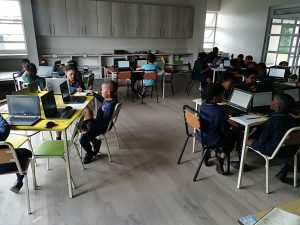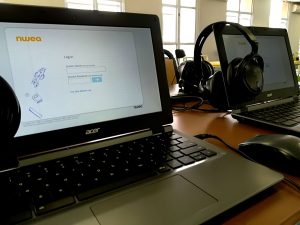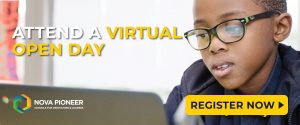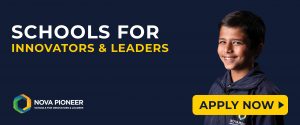School closures in 2020 caused some disruptions for all schools and particularly for the students. In a normal school year, we are able to observe the growth of a students on a day-to-day basis and not only based on the work produced but also by observing how they engage with
School closures in 2020 caused some disruptions for all schools and particularly for the students. In a normal school year, we are able to observe the growth of a students on a day-to-day basis and not only based on the work produced but also by observing how they engage with the content in a classroom, and with peers.
In a normal year, we are also able to take the MAP assessment three times a year– at the start of the year to determine a baseline and set our growth goals, the middle of the year to gauge our progress and the end of the year to see how we did.
Of course, 2020 was anything but a normal year, and therefore how we’ve decided to use MAP to drive student learning has had to shift.
First, some background.
What is MAP?
MAP, or the Measure of Academic Progress assessments, are a suite of educational tools developed by a US-based company, NWEA, and currently in use in around 145 countries worldwide. Since the year 2000, NWEA has offered a comprehensive set of web-based tests to aged Grade R-12 learners. These assessments are skill-based, and curriculum agnostic, which is critical as 145 countries are using the tool and each may have differing curricula.

Growth Focused Assessment:
At its core, MAP is a computer-based, adaptive test, with each student being presented with a unique set of questions based on how they respond to prior questions. The assessment is focused on measuring growth over time. As such, learners take an assessment at the beginning of the year, in the middle of the year, and the end of the year. MAP software is able to determine growth goals based on the initial assessment and then measure progress. For our internal purposes, we are able to measure the growth of students over time, allowing us to see what impact we are having and how we, as an organisation, can continue to improve.

Global Benchmark
Over the past 20 years, NWEA has been refining their assessment tools, as well as collecting data across the globe that allows them to predict what academic growth should look like in schools. Nova Pioneer’s decision to use MAP was due, in part, to the length of time NWEA has been refining the assessment, the fact that learners can take the assessment online allowing us easier administration across South Africa and Kenya, and the wealth of data we can use to compare our performance against 145 other countries. Ultimately, like Nova Pioneer, MAP shares our deep commitment in measuring the growth of children, not just their endpoint.
Why MAP?
Our shared mission as Nova Pioneer is to build a network of high-quality schools across the continent that are fostering the next generation of innovators and leaders. We currently operate 13 schools across South Africa and Kenya, and central to our work is using global best practices to build a coherent and powerful curriculum. In our primary schools, in addition to being grounded in the Cambridge Standards, we also use leading world programming, like Singapore Maths, to further deepen learning and competency building in our students.
Another core component of our vision is in making sure that all students grow academically while they are with us. This growth is measured in a number of ways, including termly assessment, verbal communication, written communication, portfolios, reading growth assessments, etc. We seek to have multiple points of contact in what and how students are learning so that we can continue to support their accelerated and meaningful growth. A key part of that constellation of assessments that allow us to get a picture of how students are doing is an assessment called MAP.
How will we be able to use MAP in 2020 and beyond?
We are excited to collect the MAP data this year, not so much to assess beginning to end of year growth (although it will help us determine that), but rather to get clearer on the ways in which we can best support student growth and achievement in 2021 and beyond.
We are seeing data from all around the world that the interruption to schooling will have created learning gaps for learners around the globe. At Nova Pioneer, we have seen the extraordinary efforts of our families, central learning design team, teachers and school leaders come together to make sure that learners had as much normalcy and support in their learning during COVID 19.
We are confident that the measures that we have put in place to support teaching and learning during school closure, and then the staggered return to school, have supported our learners in moving forward with their curriculum coverage and skill-building.
However, we do not doubt that the interruptions will have caused gaps in skills that we would be able to address more meaningfully had students been in school as in a normal year.
To that end, we are excited to administer and then dive into the MAP data that this end of year assessment will generate for every child. Each teacher will be able to get a report outlining the concepts and skills that each learner has mastered and the ones that they will need more support for in the 2021 school year.
We will be able to use this internationally benchmarked and external assessment to get a clear mirror to reflect what has been learned and what needs more support, and we will be able to use that data to inform practical, thoughtful and targeted interventions for our learners in 2021.
This will, of course, be one of the many pieces of information we will use to support young Novaneers in 2021 and one of the many ways we live out our commitment to making sure that we are a data-driven organization.










